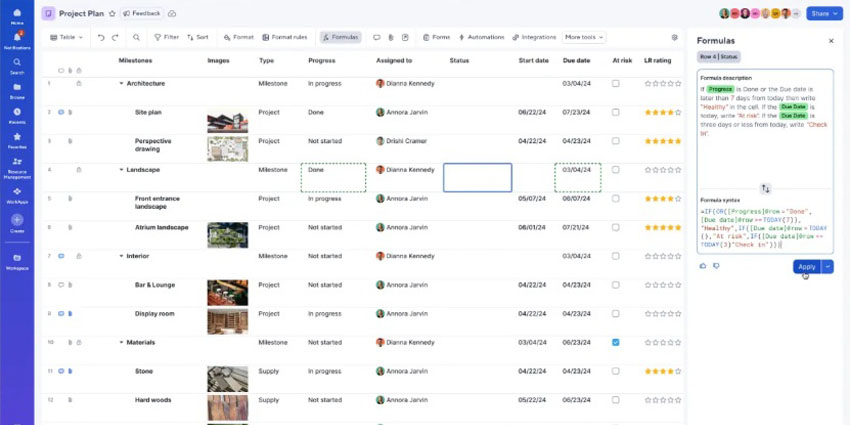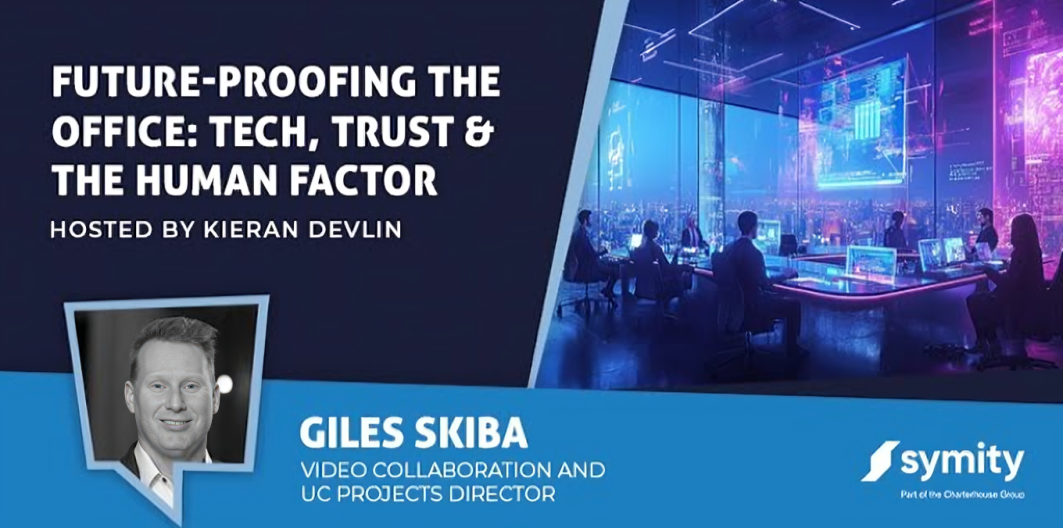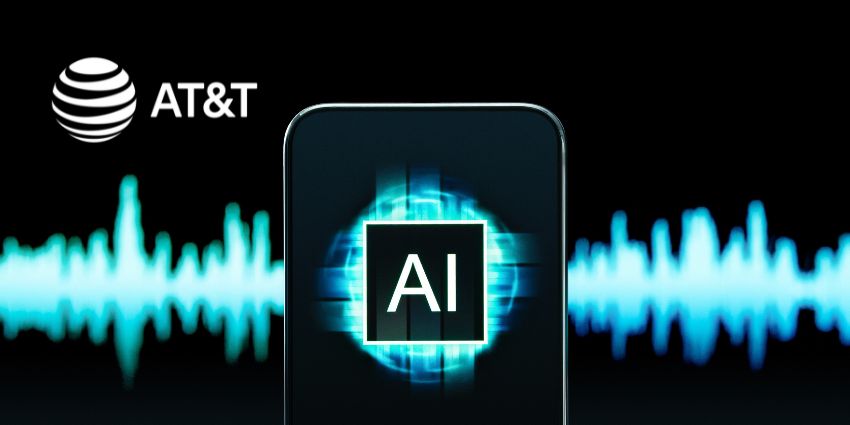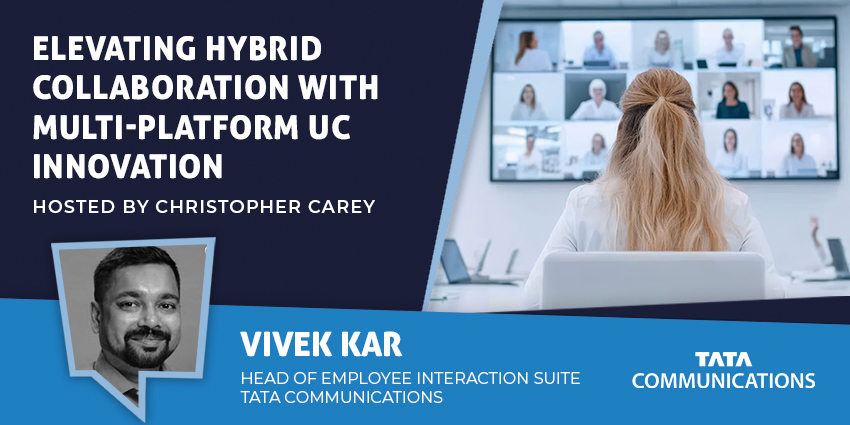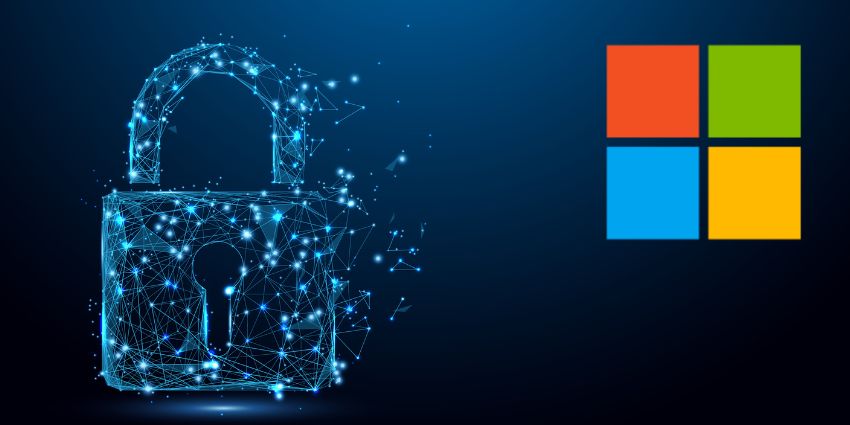As we look forward to a new decade there are many possibilities for change on the horizon, across all aspects of how we live and behave. We can certainly assume that the way we work will continue to undergo rapid transformation, as it is impacted by shifts in technology, demographics, and environmental factors.
On the technology front we’ll continue to see automation abstract away repetitive and routine aspects of the day-to-day, taking with them whole swathes of traditional careers. New roles will open up in brand-new industries to take their place, just as with the industrial revolution and first internet revolution beforehand, but on the whole we can anticipate the future will bring us more demand for innately human capabilities — such as judgement, intuition, empathy and creativity.
Measuring and managing these things will bring challenges, but combined with workplace trends for more distributed working and communicating across omni-channel, device-agnostic applications, one prediction is for much greater transparency and disclosure within the enterprise.
The data is already digitised — so let’s see it
As consumers, we expect to be able to read the CEOs thoughts on Twitter and access supply chain and provenance information via smart tags and devices, and we see parallels in the way many businesses create innovation labs and work out loud via real-time town-halls and livestreams. So as more managers need to deal with supervising the work of those they cannot directly observe in a colocated building, they’ll turn to ways to make that work visible digitally.
This has many advantages because it enables management by results, and platforms such as monday.com provide user-configurable tools to create highly bespoke dashboards which empower all stakeholders (regardless of their data visualisation expertise). Through integration with the various cloud-based services already being used to drive the work itself — something unique to each team and activity — funnelling the desired feeds through to everyone who needs to see it becomes straightforward and compelling.
Unique perspectives for unique interests
For example, project managers can gain real-time insight into progress and activities, potential bottlenecks or constraints to resolve, and the progress on specific milestones. People-people can see where someone might be stuck and unable to move forward, where someone is under-deployed due to high levels of productivity. Those responsible for budgeting and finance can view income and expenditure data as it happens, and external parties such as clients can have direct sight of their own product’s lifecycle.
The power of a unified platform like monday.com is that it pulls all of this information from existing sources where the work is happening anyway. It doesn’t require anyone to go to a different app or location to update a report or a spreadsheet, to account for what they’ve done, in their flexible remote work day.
The future is visible
The benefits of working in this way are multiple. Transparency and accountability are values that employees hold dear, and while every organisation will need to choose the extent of what they make visible (for example, does everyone need the P+L data? How about compensation…?), the reduction of duplication and effort will boost productivity for all.
Perhaps the biggest benefit for everyone? “Progress meetings” can become a thing of the past, when progress is manifest on screen — and instead synchronous conversations and face-time can be used to make decisions, or resolve problems.
Imagine how much better work is going to get, as a result of that.


